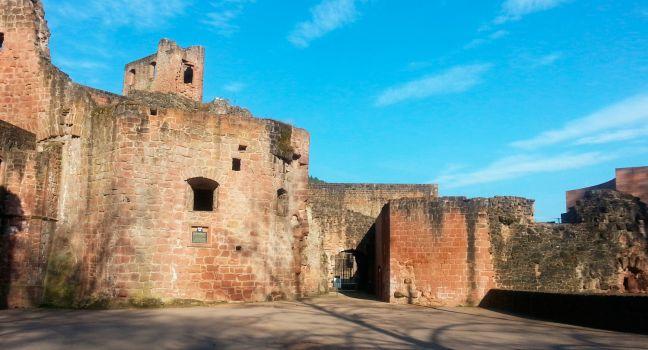Landesmuseum
The various collections of the Museum of the State of Rheinland-Pfalz are in the former electors' stables, easily recognized by the statue of a golden stallion over the entrance. Exhibits range from the Middle Ages to the 20th century. Among the highlights are paintings by Dutch masters, artworks from the baroque to art nouveau periods, and collections of porcelain and faience.




